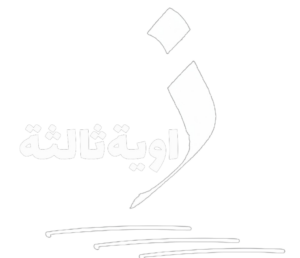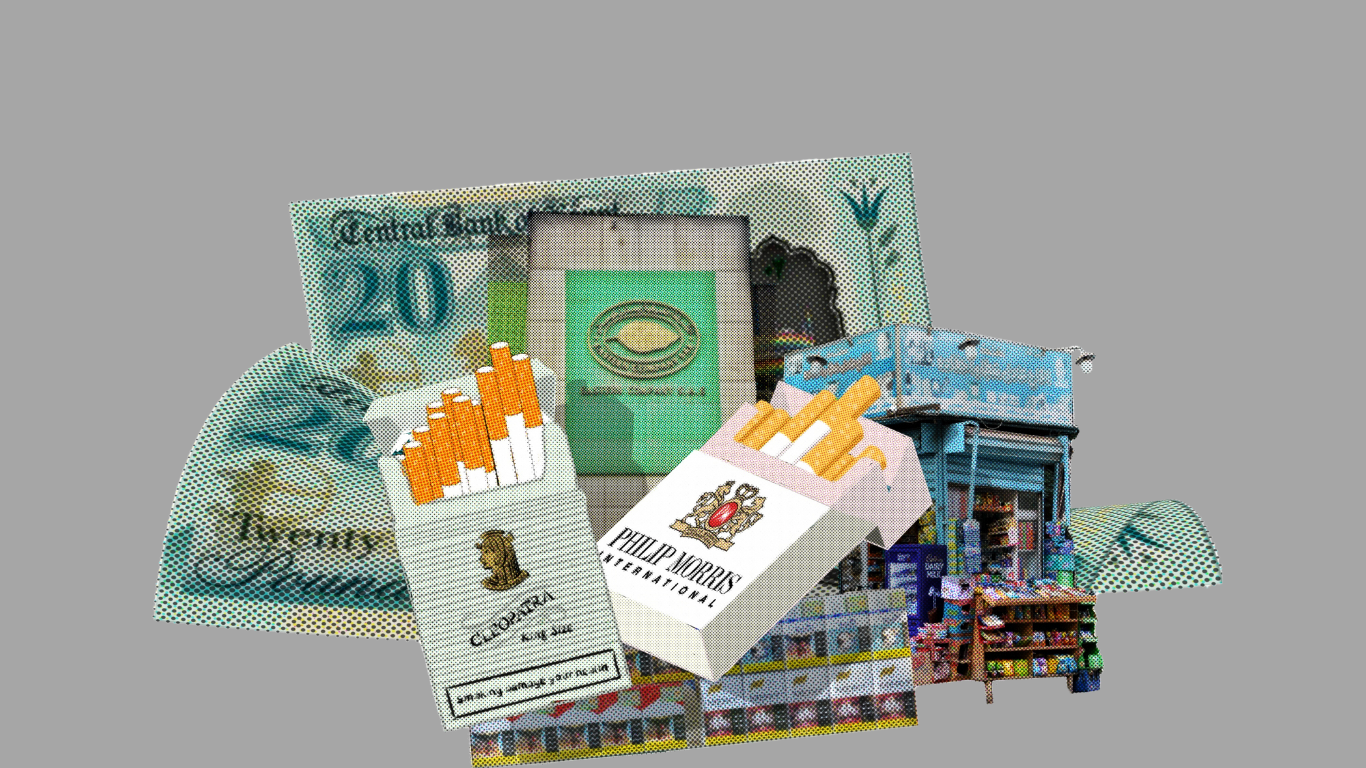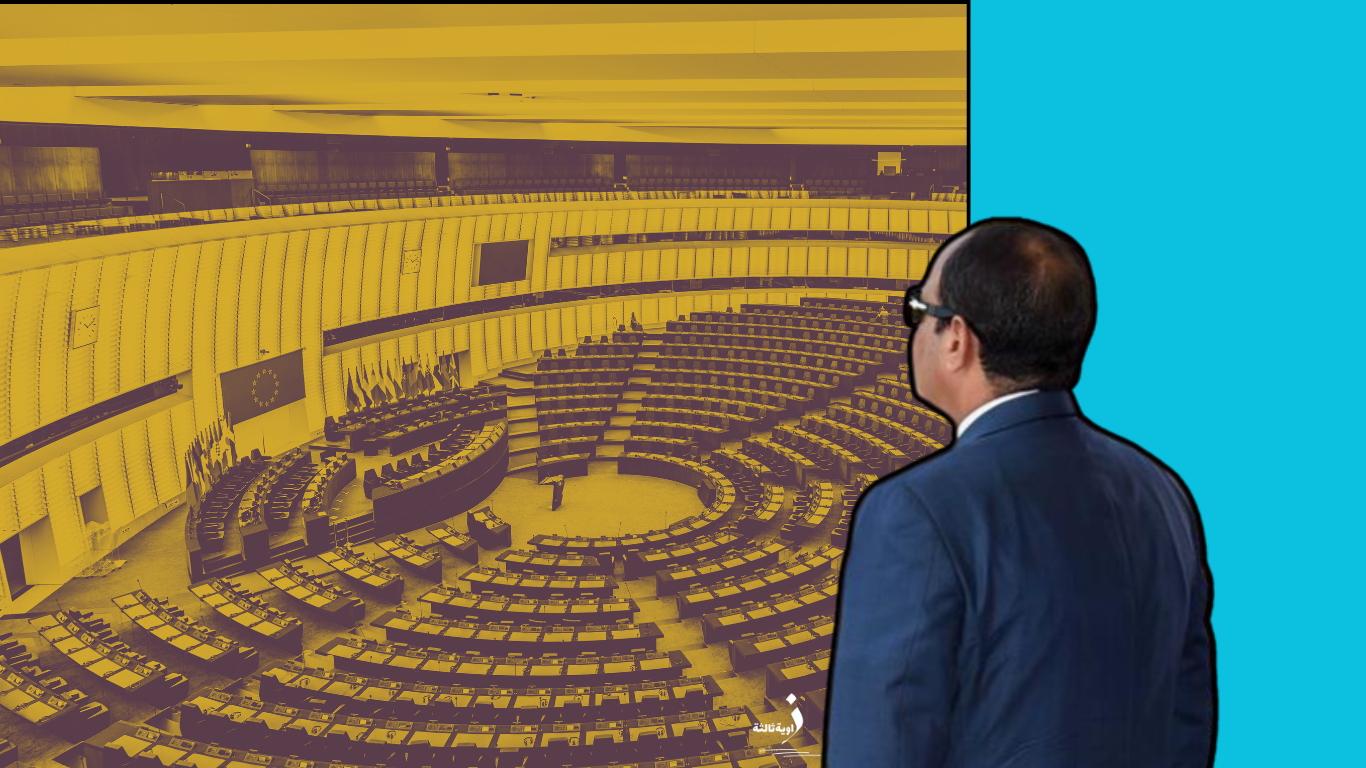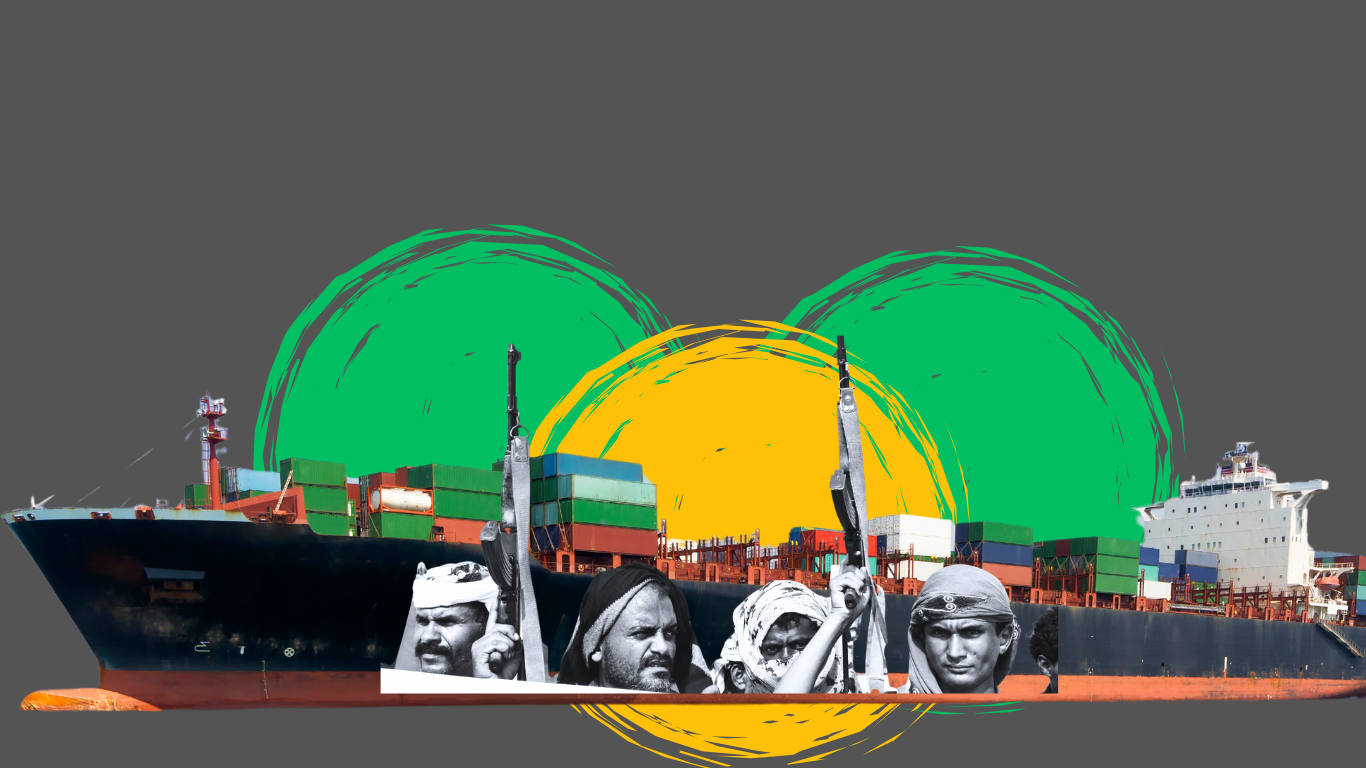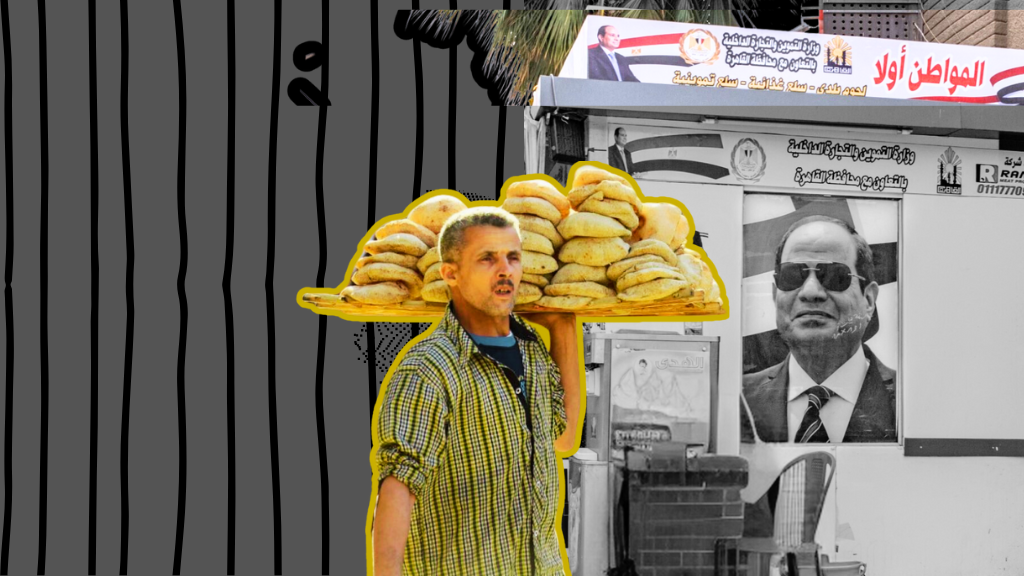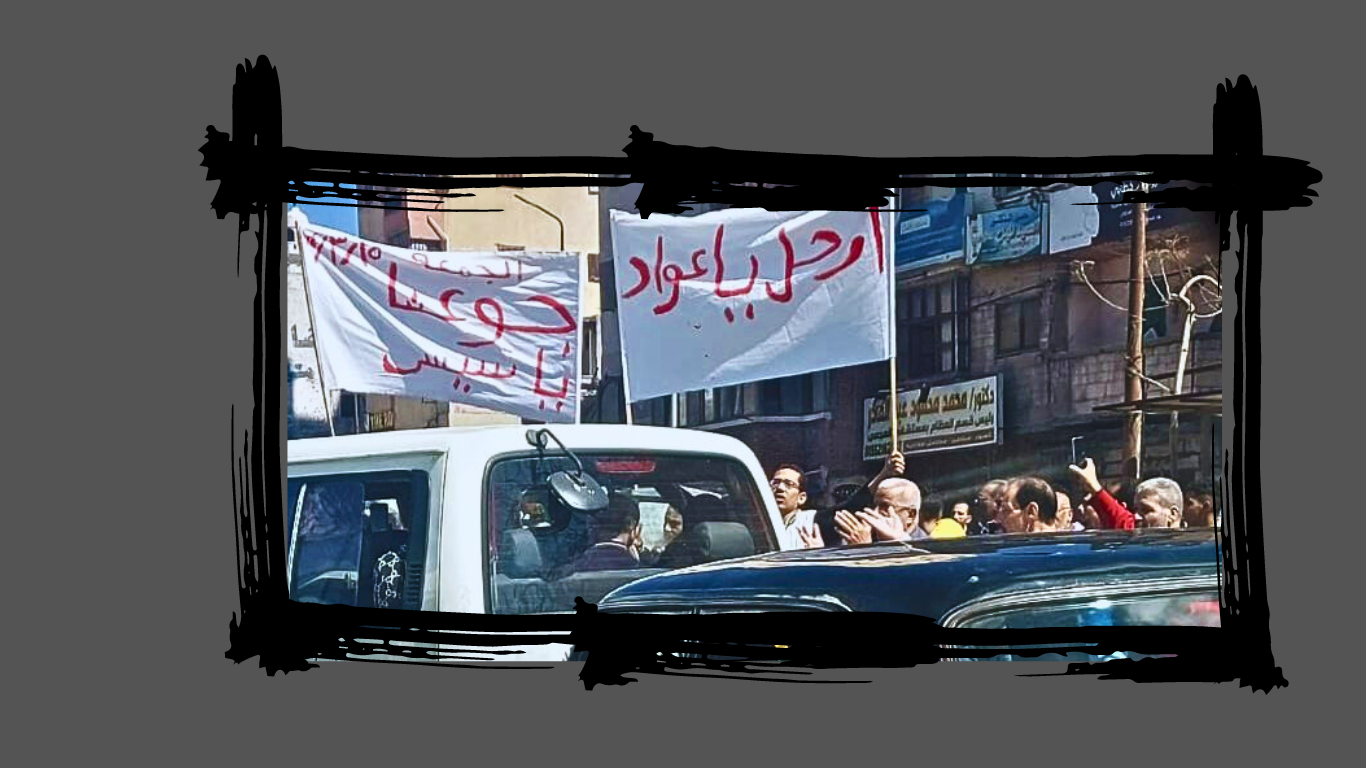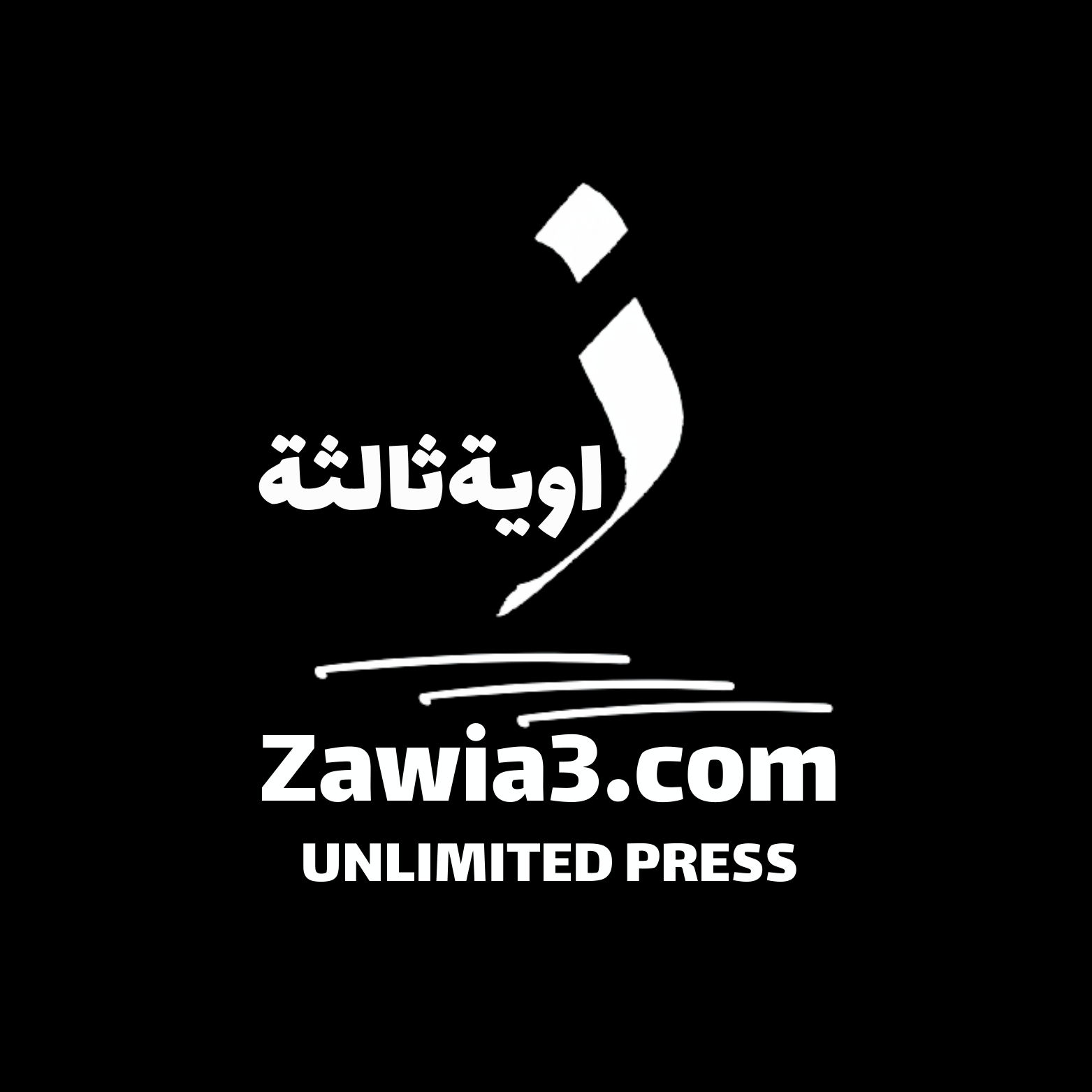Many industrial and commercial sectors are suffering due to the gap between the official exchange rate of the dollar and its market rate, which is facing instability. The market rate has reached record levels exceeding 70 Egyptian pounds, followed by a sharp decline to around 50 pounds, then stabilizing at approximately 61 pounds until the preparation of this report.
The pharmaceutical sector is one of the most affected, impacting the drug markets in Egypt and creating shortages in some categories and therapeutic groups, leading to an increase in the prices of many medications.
In recent months, dozens of pharmaceutical products dedicated to treating chronic diseases such as hypertension, diabetes, heart diseases, gallbladder issues, thyroid disorders, kidney problems, gastrointestinal disorders, Mediterranean fever, and cancer have disappeared. Additionally, there is a shortage of infant and adult nasal drops, as well as a significant number of cold and women’s health medications. Drug shortages in the market range from 30% to 40%, including 15% of drugs with no alternatives, according to Jamal Al-Laithi, the head of the pharmaceutical industry chamber at the Federation of Industries.
The significant shortage of medications has reached the parliament, prompting Member of Parliament Engineer Abdel Salam Khedrawi to submit a motion to Khaled Abdel Ghaffar, the Minister of Health and Population, to find urgent solutions by providing alternatives for unavailable medications in the market, especially imported ones.
The Central Bank has urged banks to conduct an immediate inventory of pending import requests for drugs and medical supplies, especially those held in ports, giving them priority in processing.
Shipping Risks
Ali Ouf, the head of the pharmaceutical department at the Chamber of Commerce, acknowledges shortages in some pharmaceutical categories due to the reliance on raw materials imported from foreign factories. He points out that pharmaceutical companies often opt for sea shipping as it is less costly than air transport. However, disruptions in the Bab el Mandeb Strait and Houthi attacks on some ships, coupled with the consequences of the Israeli occupation’s aggression on Gaza, have led shipping vessels from India and China, Egypt’s pharmaceutical raw material suppliers, to take the longer route around the Cape of Good Hope. This has extended the journey to Egyptian ports to approximately three months, incurring higher costs compared to air freight, which has become the only available solution for companies.
|
At least 55 ships have diverted to the Cape of Good Hope around Africa since November 19 last year, avoiding the Red Sea due to increased Houthi attacks on vessels heading to occupied Palestine. Shipping traffic through the Cape of Good Hope, located southwest of South Africa, increased by 67% in the last month, compared to the previous month. |
Ouf adds that some Egyptian factories face varying degrees of shortages in raw materials, depending on their consumption rates, withdrawal capabilities, and selling rates. Some factories sometimes purchase these materials, only to find out later that they do not meet specifications, hindering drug manufacturing. A major financial crisis faced by one of the largest drug distributors has led to the disruption of some factories, unable to purchase production necessities due to liquidity issues.
While acknowledging the shortage of some imported drugs in Egypt, Ouf insists that there are cost-effective local alternatives. He cites the crisis that emerged on social media six months ago when citizens complained about the shortage of thyroid medications, especially “Levothyroxine.” After the pharmaceutical department clarified the existence of other locally manufactured alternatives at a lower price, doctors stopped prescribing it to patients, and the crisis subsided. As for the shortage of “Colchicine,” used to treat Mediterranean fever, it resulted from poor planning by the manufacturer, leading to a large withdrawal of the drug.
Ouf criticizes doctors in clinics and private hospitals for writing the brand names of drugs on prescriptions while prescribing the generic names when dealing with health insurance. He highlights that diabetes and hypertension medications facing shortages in the Egyptian drug market are imported in limited quantities and made available to state-affiliated entities, such as the Egyptian Drug Trading Company and state pharmacies like Al-Esaf Pharmacy. These medications are dispensed with a medical prescription and the national ID card to close the door to the black market and prevent the exploitation or adulteration of drugs.
Ouf believes that shortages in some pharmaceutical categories have compelled Egyptian drug factories to operate at full capacity to provide alternatives for patients. This, in turn, contributes to the true localization of the Egyptian pharmaceutical industry instead of relying on imports, ultimately saving foreign currency.
To afford dollars is a struggle
Obtaining dollars is challenging. Dr. Ahmed Zaghlool, a member of the Chamber of Pharmaceutical Industries at the Federation of Industries and CEO of Egypt Otsuka for Medical Preparations, denies that the disruptions in the Red Sea resulting from Houthi attacks related to the Gaza war are the cause of the current drug shortages. He attributes the crisis to the central bank’s failure to provide the necessary foreign currency to release shipments of supplies and raw materials for drug manufacturing, which are accumulating in Egyptian ports. He confirms that his company obtained the necessary dollars from the bank to import materials for dental pulp, albeit with great difficulty.
Zaghlool explains in his conversation with “Zawia3” that there is another crisis facing pharmaceutical factories in Egypt due to the rising prices of manufacturing materials and supplies. These include active raw materials, as well as paper, plastic, glass, and metals used in packaging. Additionally, transportation costs and worker wages contribute to the crisis. At the same time, the Drug Authority imposes a mandatory pricing for drugs on factories, which is no longer proportional to the increases in production inputs. This varies from one product to another, and he believes it needs to be studied by the Drug Authority to avoid unfair treatment of both factories and consumers. He considers relying on prescribing the active substance of the drug instead of the brand name as a temporary solution that will not fundamentally solve the crisis.
|
According to a report by the Egyptian Drug Authority, Egypt has 176 pharmaceutical factories. Despite launching a project to localize the pharmaceutical industry in March 2021 and inaugurating the Egyptian Medicine City in April 2021 to transform Egypt into a regional center for drug manufacturing and export in the Middle East, crises in the pharmaceutical sector persist. The opening of the Pharmaceutical Raw Materials City, housing three factories, is expected in the first quarter of 2024. |
85% of Drug Inputs Are Imported
Dr. Ahmed Abu Doma, a member of the General Union of Pharmacists, believes that it cannot be said there is a drug shortage crisis unless there is a shortage in the medicine itself and the active substance. For every brand name of a drug, there are about 10 to 15 variations with the same active substance but different concentrations and manufacturers. However, patient or doctor insistence on the brand name can contribute to the drug shortage crisis. Abu Doma claims that there is a shortage that occurred at times for a limited number of wholesale drug groups, such as thyroid medications, but Egyptian companies quickly produced alternatives, partially resolving the crisis. He emphasizes that the market is dynamic, and shortages in specific drug groups or categories may occur for a month and then quickly resolve, moving the shortage to other groups.
Abu Doma confirms to “Zawia3” that the problem of the pharmaceutical industry in Egypt lies in the fact that 85% of its inputs come from abroad, starting from active ingredients and passing through paper, cardboard, ink, and aluminum. He denies the existence of a black market for locally produced or officially imported drugs in Egypt due to the mandatory pricing that prevents manipulation of the prices. He acknowledges the presence of smuggling gangs for imported drugs, which are often unfit for use, causing health problems. These gangs may promote them on social media.
A member of the Pharmacists Syndicate points out that some drug factories believe that, with the rise in the exchange rate of the dollar in the parallel market, the mandatory pricing set by the Drug Authority is unfair and does not lead to commercial profit. This could result in losses, prompting a review of prices. However, this created a crisis in pharmacies as the same drug is available at multiple prices, forcing them to sell at the specified price. This has destroyed the economy of pharmacies, which rely on the number of drug packages as their capital. Consequently, they are facing financial deficits when purchasing the same items at the new prices.
Comprehensive Health Insurance Solves the Crisis
Dr. Alaa Ghanam, the director of the Right to Health program at the Egyptian Initiative for Personal Rights, does not see the drug shortage crisis in isolation from the overall economic situation and the economic crisis that has cast its shadow over the provision of healthcare services. The availability of medicine has become subject to market forces, with supply and demand dictating their fate. The lack of comprehensive health insurance, which is the only guarantee to curb the pricing malfunction of drugs and establish mechanisms to control the market, is seen as a contributing factor to this situation and a way out of the economic crisis, as well as a means to mitigate the relationship between the Egyptian pound and the dollar.
|
Comprehensive social health insurance is a mandatory social solidarity health system in Egypt, operating according to Law No. 2 of 2018, which stipulates that comprehensive social health insurance is a mandatory system based on social solidarity. Its umbrella covers all citizens participating in the system, and the state bears the burdens for those unable to do so, based on a decision issued by the Prime Minister. |
According to his statement to “Zawia3,” Ghanam believes that the crisis goes beyond shortages of some drugs and extends to the existence of a pricing malfunction. This results in citizens buying a particular drug at a certain price from one pharmacy, only to find it at a different price in another, indicating corruption and manipulation in the production process. Meanwhile, manufacturers complain about the rising costs of drug production due to the dollar exchange rate and seek to raise drug prices for patients. He considers the solution to be the involvement of a third party, namely comprehensive health insurance, to bridge the price gap through a unified purchasing system, reducing the profit margin for factories. Additionally, he advocates for the widespread implementation of comprehensive health insurance, even at the level of primary health authorities, providing a healthcare umbrella, increasing the budget of the Ministry of Health, and directing drug dispensing from health insurance based on a medical prescription and the scientific name rather than the brand name.
